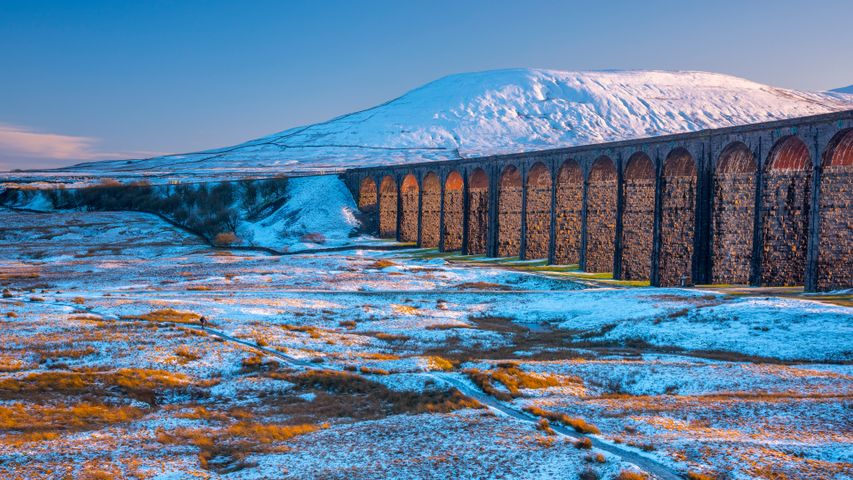Moai statues at Ahu Tongariki in Rapa Nui National Park, Easter Island, Chile
© blickwinkel/Alam
Stony-faced observers. Mystery of the moai
Walk around tiny, remote Easter Island and you'll find almost 900 of the stern stone faces called moai. They look as ancient as the pyramids, even a little alien, but they were actually sculpted between 500 and 800 years ago from compacted volcanic ash that's as terrestrial as it comes. Pictured are six of the 15 moai that stand on Ahu Tongariki, the largest ahu (stone platform) on the island. These statues were toppled in the 18th or 19th century along with other moai on the island – we're not sure why, but earthquakes and tribal infighting are among the theories. The statues were later buried by a tidal wave and lay in ruins until the 1990s, when they were excavated and placed back on the ahu.
How and why the moai were constructed and moved into place is still a matter of debate, although they are known to represent the ancestors of the indigenous Rapa Nui people. Visit Easter Island during the first two weeks of February and you'll discover Tapati Rapa Nui, a festival that revives islander ceremonies of song and dance, as well as sporting events like ocean canoeing, horse racing and haka pei (high-speed sledging on banana tree trunks).
Related Images
Bing Today Images
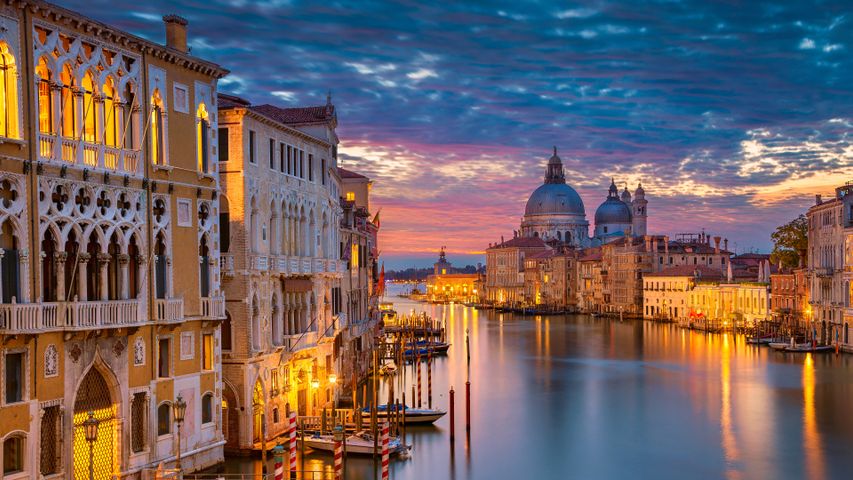
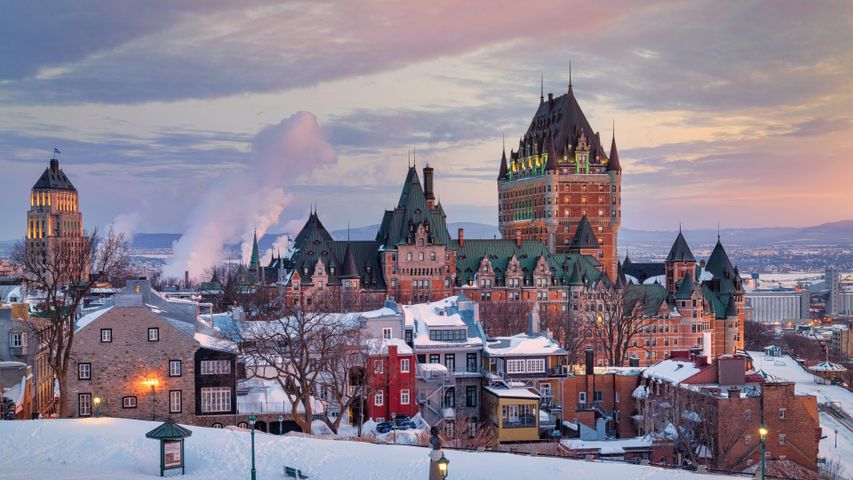
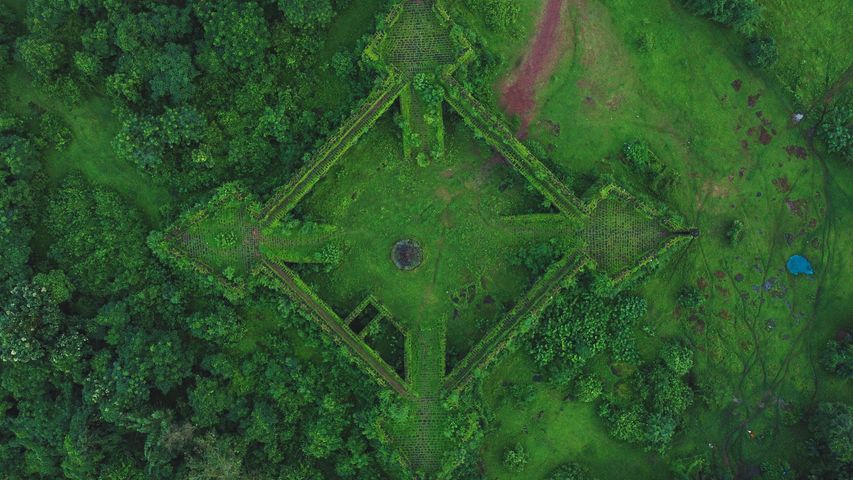
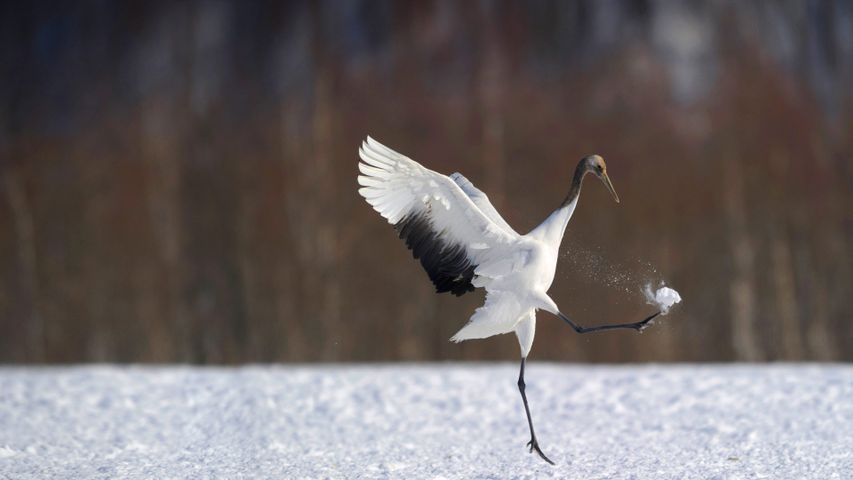
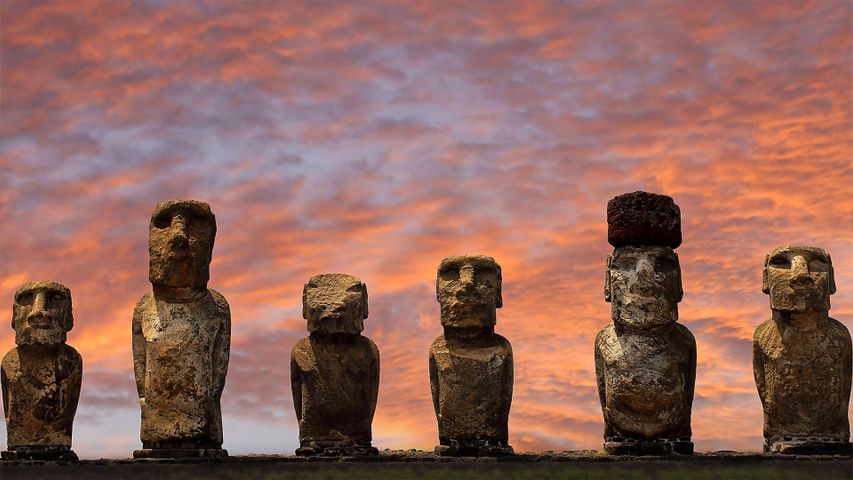
 Yungang Grottoes, Datong, Shanxi province, China
Yungang Grottoes, Datong, Shanxi province, China
 Statue of Mary Seacole, London, England
Statue of Mary Seacole, London, England
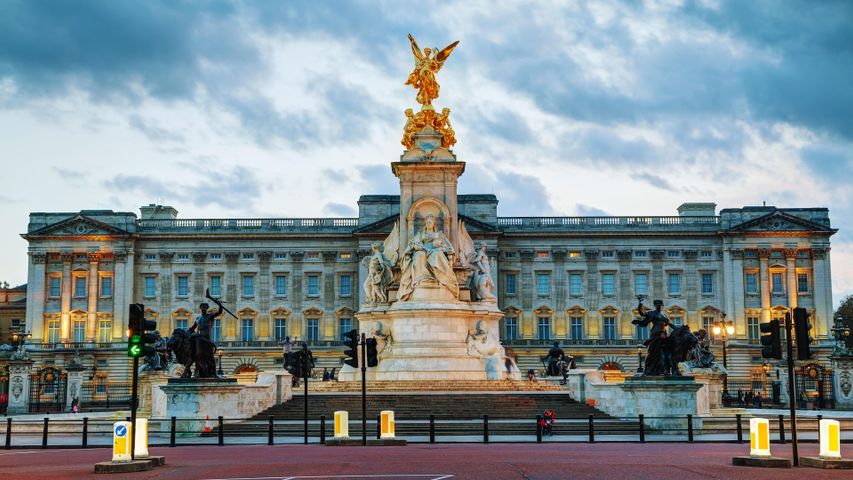 Buckingham Palace, London
Buckingham Palace, London
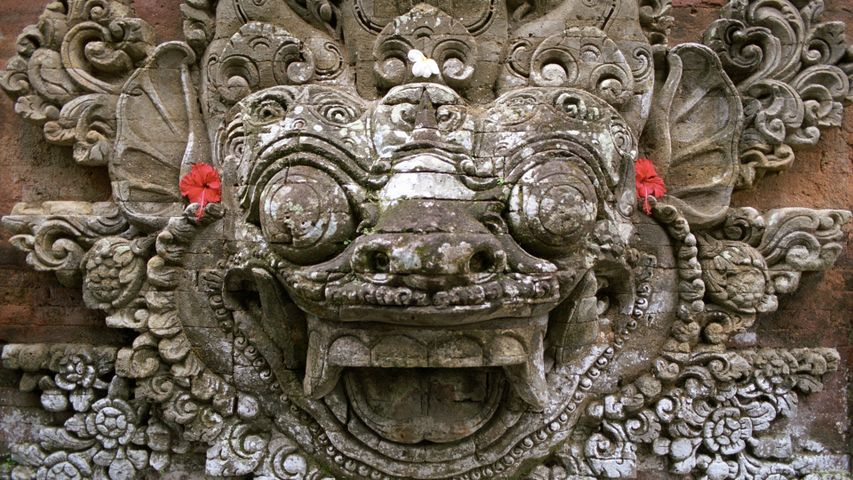 Stone carving at a temple in Ubud, Bali, Indonesia (© R. SchönebStone carving at a temple in Ubud, Bali, Indonesia
Stone carving at a temple in Ubud, Bali, Indonesia (© R. SchönebStone carving at a temple in Ubud, Bali, Indonesia
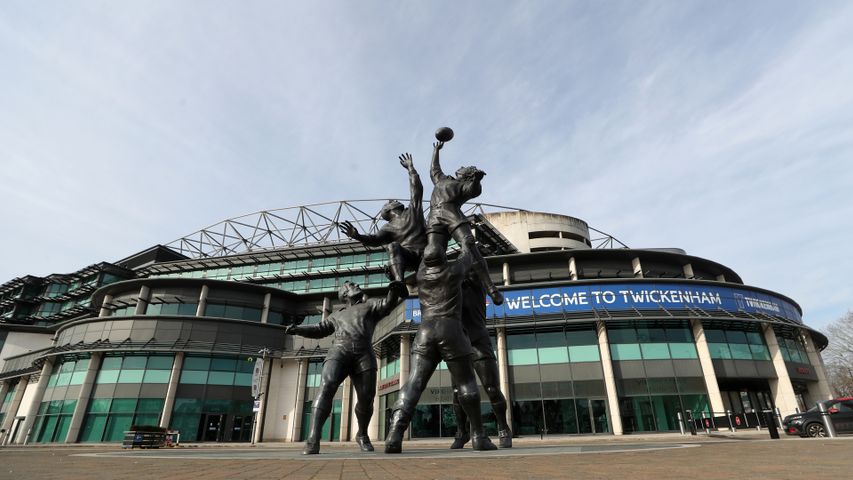 Twickenham Stadium, London, England
Twickenham Stadium, London, England
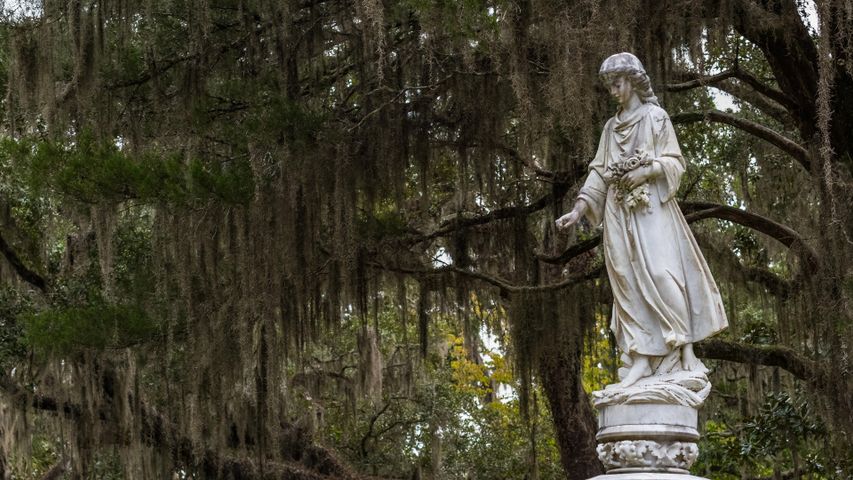 Bonaventure Cemetery, Savannah, Georgia, USA
Bonaventure Cemetery, Savannah, Georgia, USA
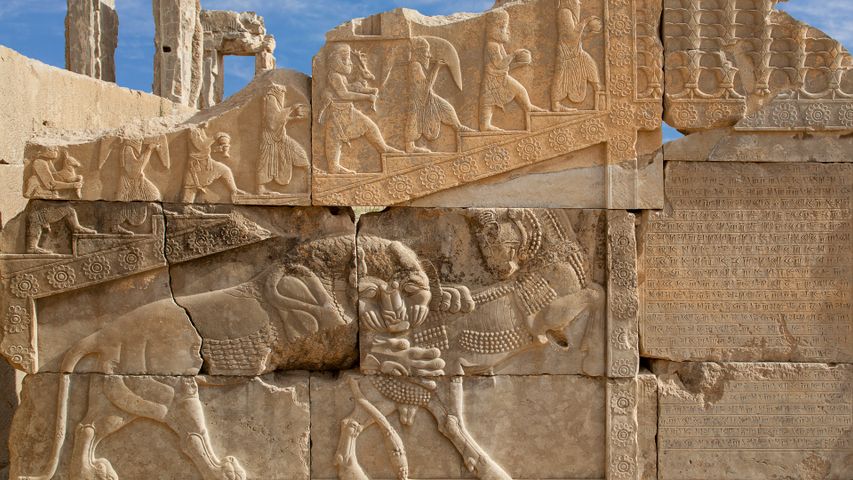 Reliefs in the ancient Persian city of Persepolis, Iran
Reliefs in the ancient Persian city of Persepolis, Iran
 Royal Albert Hall seen from Albert Memorial in Hyde Park, London
Royal Albert Hall seen from Albert Memorial in Hyde Park, London
